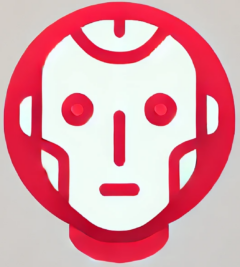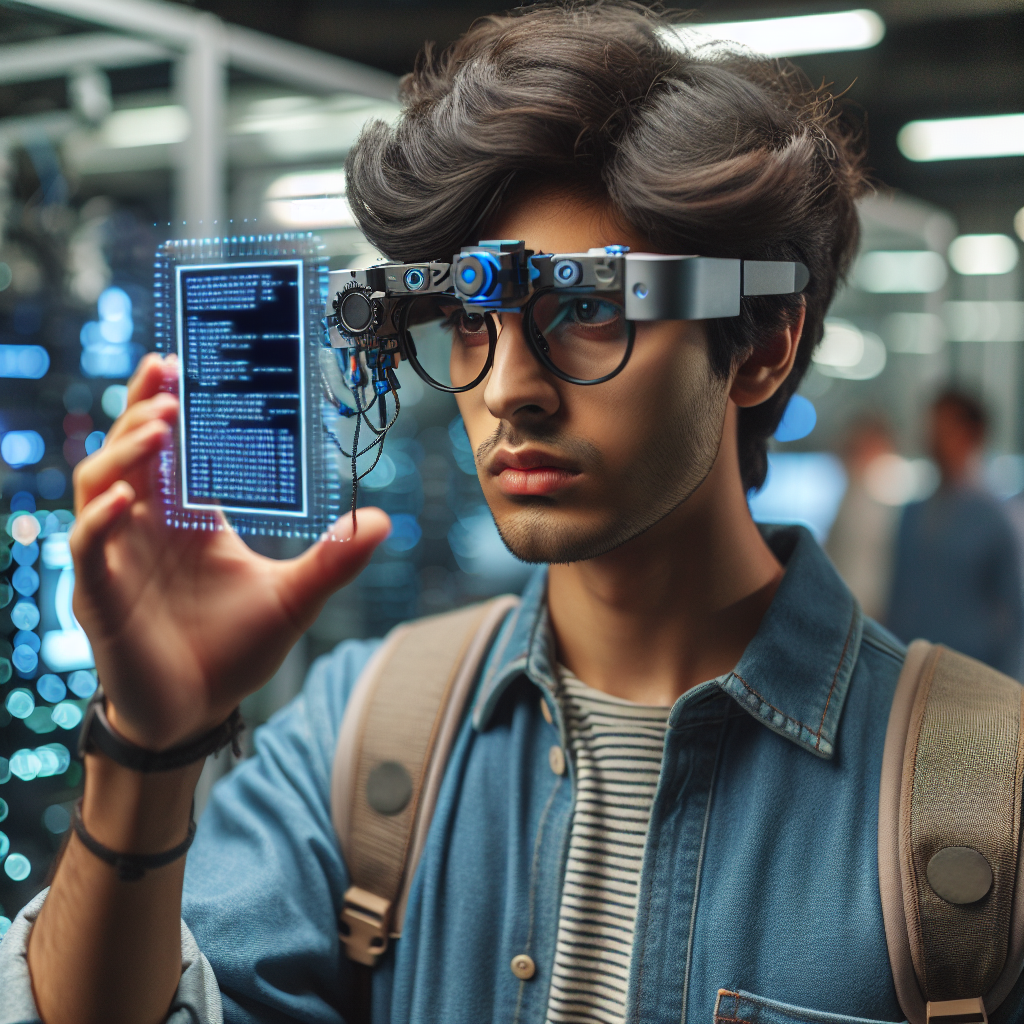AI Empowers Visually Impaired Students
In the early 1800s, Louis Braille invented a tactile writing system that revolutionized life for visually impaired individuals. Today, artificial intelligence (AI) holds the potential to create another seismic shift by empowering students with vision loss. The impact is being felt firsthand as technological advancements bring new learning opportunities, independence, and accessibility.
The Transformative Power of AI for Visually Impaired Students
Visually impaired students face unique challenges in the classroom and beyond, often requiring personalized adaptations to their educational materials. AI technology is now bridging these gaps with innovative solutions designed to cater to specific needs.
One such instance is the innovation spearheaded by students and faculty at Arizona State University (ASU), where AI technology is being developed to assist those with vision loss. This endeavor is not just about creating adaptive tools but also includes building comprehensive support systems that pave the way for a future where visually impaired students have the same opportunities to excel as their sighted peers.
Key AI Innovations in Education
AI technology in education for visually impaired students is continually evolving, with a few standout innovations:
- Real-Time Text and Image Recognition: AI-driven applications can convert text and images into audio descriptions or Braille, helping those with vision impairment to access a wealth of information instantly.
- Smart Assistive Devices: From wearable technology to AI-enhanced guide tools, advancements are helping students to navigate not only their learning environments but also daily life more effectively.
- Personalized Learning Tools: AI allows for the customization of learning experiences, adapting content according to the user’s pace and style of learning, thus enhancing comprehension and retention.
For further reading on similar technological advancements and their impact, visit the Perkins School for the Blind’s Resources.
Looking Ahead: The Future of AI Empowerment
As AI technology continues to evolve, its potential to dramatically improve educational outcomes for visually impaired students becomes increasingly apparent. By harnessing the power of AI, educators can unlock new pathways for learning, engagement, and personal growth.
Not only do these technologies support educational advancement, but they also foster a sense of independence. Students no longer have to rely solely on human assistance, which can sometimes be a barrier to learning. Instead, AI acts as an impartial assistant, available anytime to cater to the user’s needs.
Conclusion: A New Era of Inclusivity
The integration of AI technologies into educational practices marks the beginning of a new era for visually impaired students. By leveraging these advances, educational institutions can create more inclusive environments that provide all students with the tools they need to succeed. As long as the pursuit of innovation continues, AI will play a crucial role in leveling the playing field, enabling visually impaired students not only to learn but to thrive.

